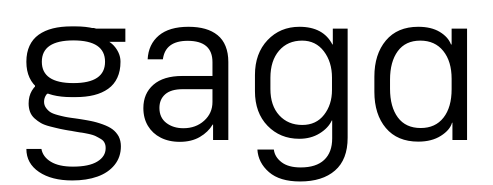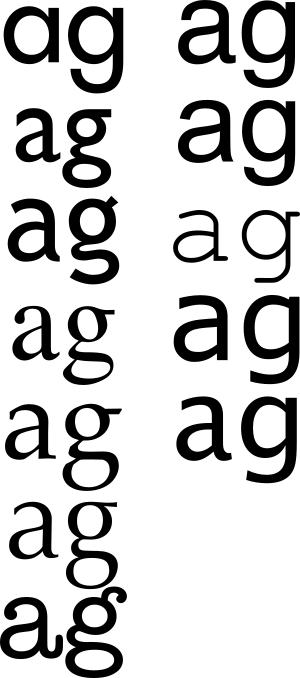Steve Yegge’s excellent Settling the OS X focus-follows-mouse debate explains why OS X’s application-centric paradigm, with its application-global menu bar, doesn’t work so well with focus following the mouse but no automatic window raising. Background windows, attached to background applications, can’t, and aren’t expected to, listen for modifier+key events, because the application’s menu isn’t active.
The lack of focus-follows-mouse on OS X is one of the biggest reasons that I stick with Linux and Xorg on my main machines. Whenever I use one of my Macs for an exended period of time, I feel like a marathon runner who’s had to trade in his sleek running shoes for a pair of swimmer’s flippers. If there was a third-party tool to provide focus-follows-mouse on OS X that worked properly, I’d install it in a heartbeat.
Yegge also points out that the auto-raise flavor of focus-follows-mouse is a taste only an epileptic could love. Set the auto-raise delay too low, and moving your mouse across big windows towards a smaller target window, or moving it too slowly, causes a cascade of ugly, annoying window raises and destroys your carefully crafted window tabbing order. Set the auto-raise delay too high, and you’re waiting too long for windows to focus once you’ve got the mouse there. In my experience, there’s no delay setting that works — every setting is too high, too low, or both.
But there’s another flavor of focus-follows-mouse, that, as far as I know, is only available via a third-party plug-in to the semi-abandoned and deeply buggy Sawfish window manager. It’s a flavor that is evocative of ripe nectarines and raspberries on a summer afternoon. And it’s so good it’s kept me using Sawfish despite its abandonedness and bugginess.
It’s called stop-focus, and it works like this:
- While the mouse is moving, don’t raise windows.
- Once the mouse has stopped, raise the window it stopped on.
“Stopped” is defined as below a certain configurable velocity (ten pixels per second works for me), and windows are only raised after a short (200ms) delay. Stop focus lacks the cascading window raising behavior of auto-raise. Moving the mouse across slowly across several large interim windows doesn’t raise them or screw up window tabbing order. Starting to move the mouse to another window, and then stopping and moving it back to the currently focused window, which you and I do more often than we care to admit, doesn’t cause any window raises at all.
So, while focus-follows-mouse without raise-on-focus (Yegge’s preferred autofocus), may not be feasible on OS X right now, there is a variant on focus-follows-mouse, with sane rules about when to raise the window under the pointer, that might make all us old focus-follows-mouse Unix relics happy.
If I were an OS X hacker, I’d probably just go code this up right now. But I’m not, because, among other things, OS X’s mandatory click-to-focus bugs me too much. Chicken, meet egg; Egg, meet chicken.








